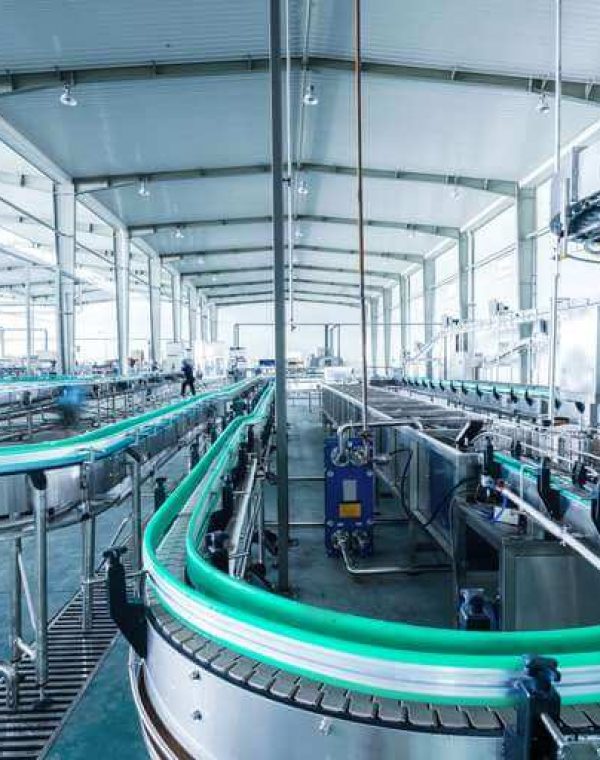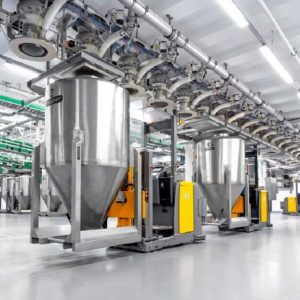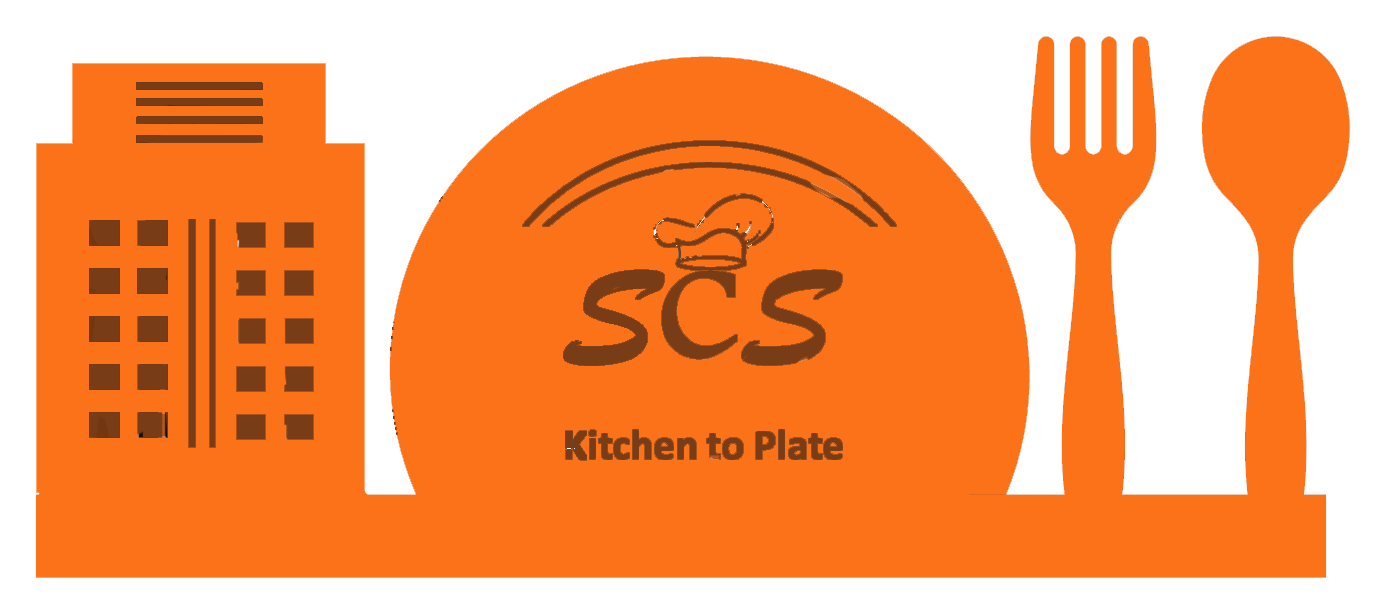Stay tuned for updates
Quality Assurance for Food Factory

Quality describes the worth and satisfaction of a product and is subjective. Quality Assurance (QA) is a set of actions used by food manufacturers to guarantee that the process of developing and producing products adheres to a set of standards and requirements. The purpose of quality assurance is to prevent defects by focusing on the manufacturing process.
One of the main reasons for maintaining quality standards is that most consumers choose the same brand over and over again because they believe it is of good quality. Even a little incident involving product quality could harm the brand image.
In the food and beverage industries, a premium is placed on quality, as their end-users consume the goods and products they produce and package. Quality assurance enables businesses to consistently deliver safe and consistent products to end-users.
It is thus critical to business performance and an important component of any organisation’s success. The goal of QA is to improve development and testing processes so that defects do not occur during the development of the product.
Establishing a good quality management system and assessing its adequacy can help you achieve QA. Furthermore, everyone on a product development team is responsible for quality assurance.
Food and beverage companies must proactively lay a solid foundation to address product quality – and safety. This foundation should include quality metrics, identified risks, and operational risks.
Customers’ specifications should be used as a starting point for identifying critical quality points in a documented quality process control plan. Temperature, humidity, and pH levels are just a few examples of quality metrics that food companies may monitor.
There are a number of inherent risks in the food and beverage industry. There are also risks specific to each location, as well as risks associated with specific products. Food products containing allergens, for example, expose facilities to a slew of hazards, including cross-contact and labelling issues.
Companies should conduct a thorough risk assessment to support a strong quality assurance programme, analysing potential risks in all possible areas. After identifying the risks, they can be ranked (high, moderate, and low) to create an actionable mitigation plan.
Companies should evaluate all of the major areas of their food quality systems in order to conduct a thorough risk assessment.
Site-by-site assessments are important to identify the specific risks present at each location. Potential areas to analyze could include suppliers, raw materials, crisis management, product recalls, audit management, traceability, allergens, complaints, sanitation, and microbial control. This list is by no means exhaustive, and an individual’s risk assessment may differ from one location to another.


Quality expectations that are clear and comprehensive pave the way for effective execution. Companies use processes such as Statistical Process Control (SPC) monitoring, among other activities for quality improvement. SPC monitoring enables QA teams to detect and address deviations quickly before they affect other products. This contributes to waste reduction, which not only controls quality output but also reduces reworks, nonconformances, and costs.

